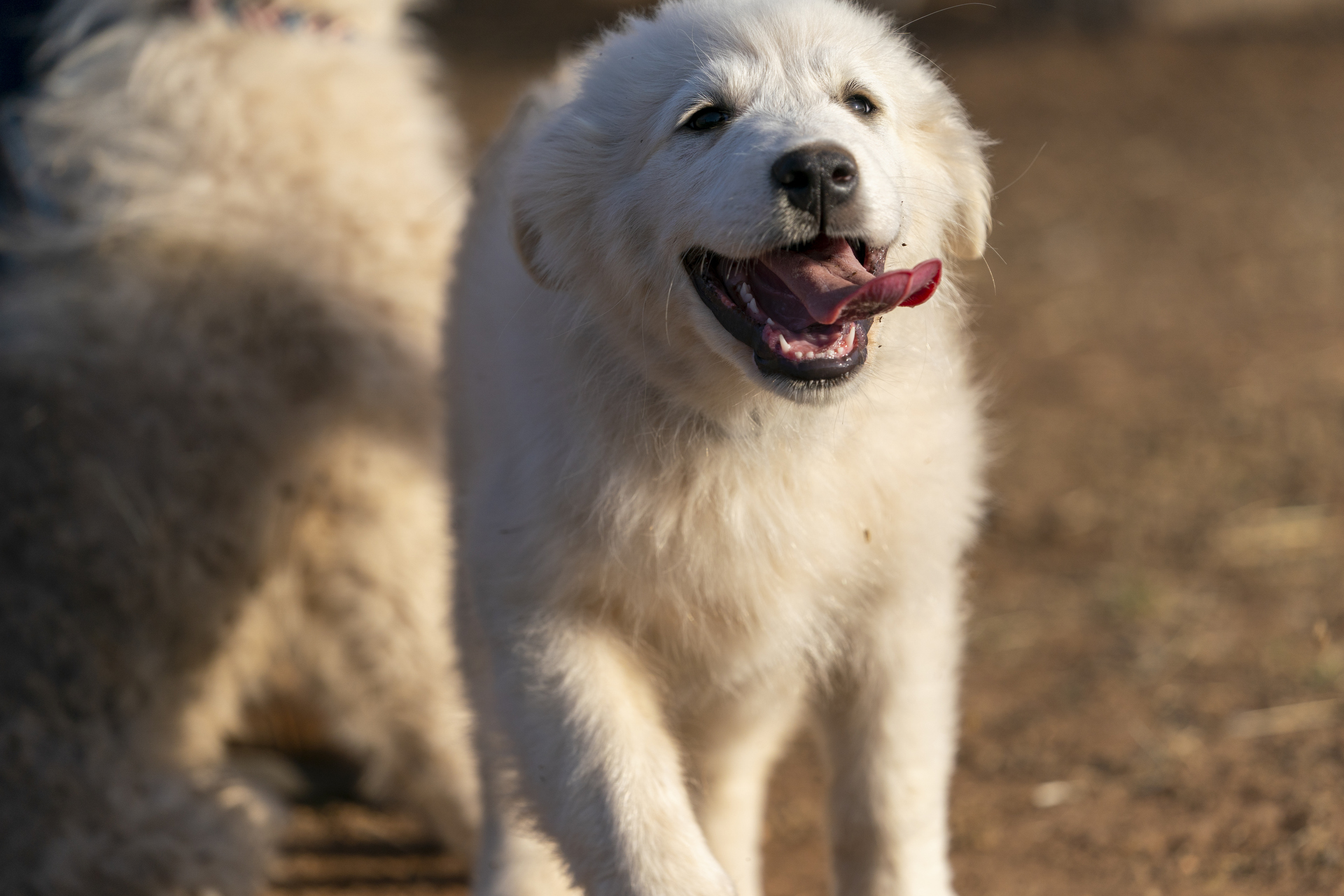Special canines save sheep, goats from predators
Livestock guardian dogs are rockstars in the canine world, even if most people never see them perform live. These unique animals are so important to the ranching industry that the Texas A&M AgriLife Research and Extension Center in San Angelo created an entire program dedicated to these livestock protection professionals.
Livestock guardian dogs protect the lives of sheep, goats, poultry and other livestock from predators in the area, and reduce financial losses that come with losing livestock. They save the lives of livestock and act as a deterrent to predatory wildlife, thus reducing the need for ranchers to use traps or lethal means to protect their livestock.
The use of livestock guardian dogs in Texas
Until the turn of the century, livestock guardian dogs were not popularly used nor needed within Texas. But coyotes and other predator populations have grown and threaten the livelihoods of ranchers.
“Early settlers of the major sheep and goat producing regions of Texas had nearly eradicated the common predators of small ruminants,” explained Reid Redden, Ph.D., Texas A&M AgriLife Extension Service sheep and goat specialist, Department of Animal Science associate professor and center director at San Angelo. “When numbers of predators began to rise, most ranchers lacked the understanding of how to best manage livestock guardian dogs under Texas ranching conditions.”
Predators took a toll on animal numbers, financially hurting ranchers and in turn driving down livestock numbers while driving up costs for wool, meat and related products. The Livestock Guardian Dog Program in San Angelo was established to help address persistent predator problems by giving ranchers an alternative, cost-effective means of keeping livestock safe.
“We have seen lambing and kidding increases up to 100% in less than a year when a producer uses livestock guardian dogs to protect his livestock versus trapping and other methods,” said Bill Costanzo, AgriLife Extension livestock guardian dog specialist, San Angelo.
Increased survival rates for lambs and kids — baby sheep and baby goats — which are often an easy meal for predators, show the livestock guardian dogs’ direct impact to ranching operations’ bottom line.


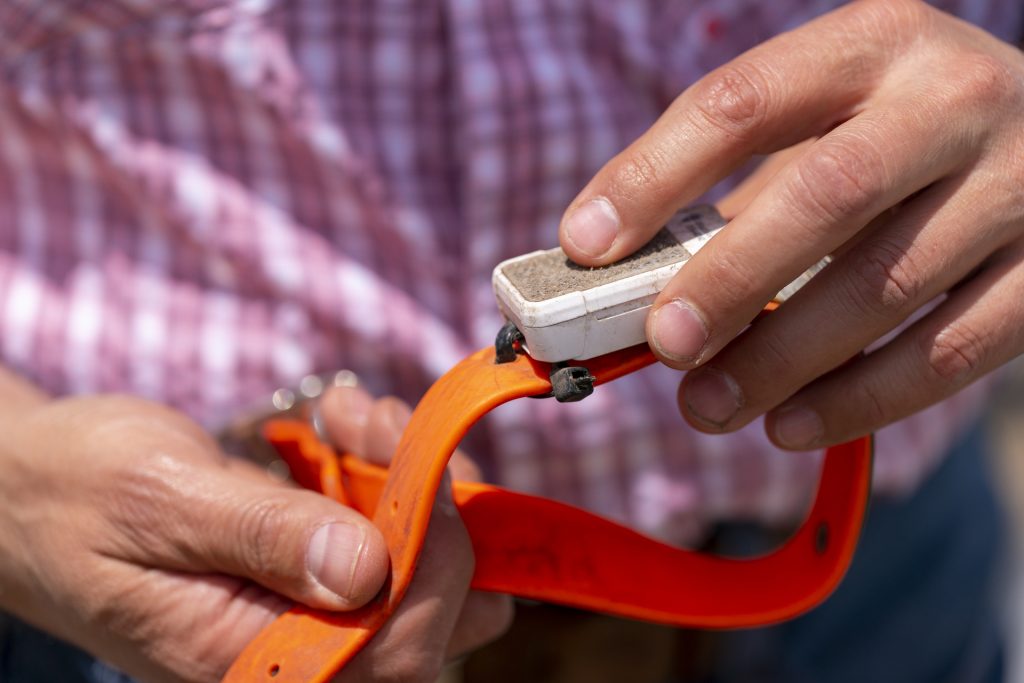
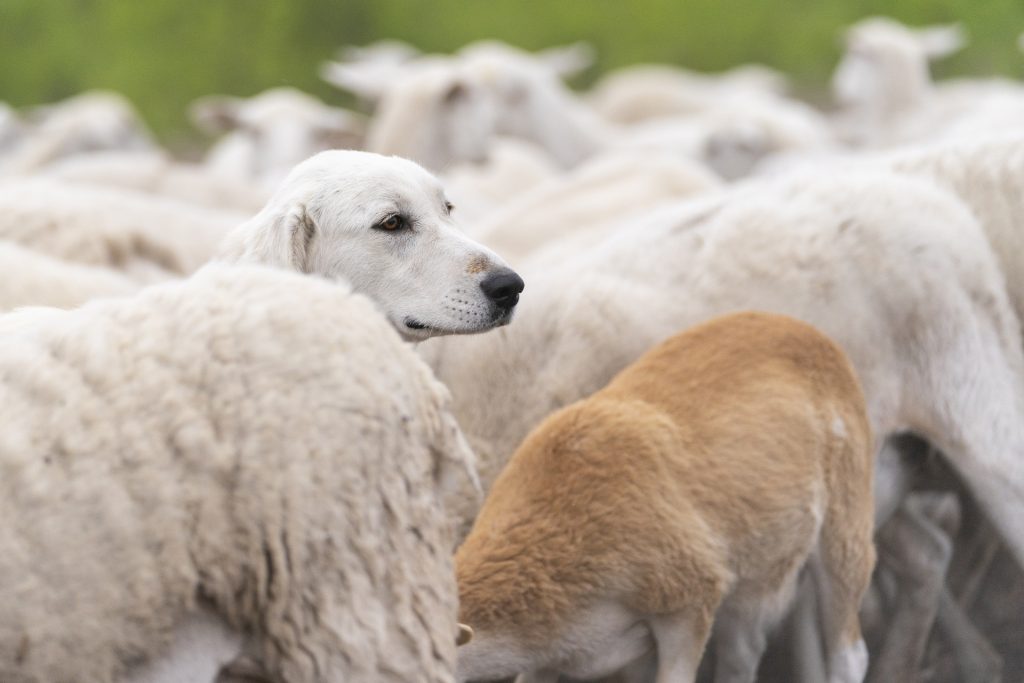
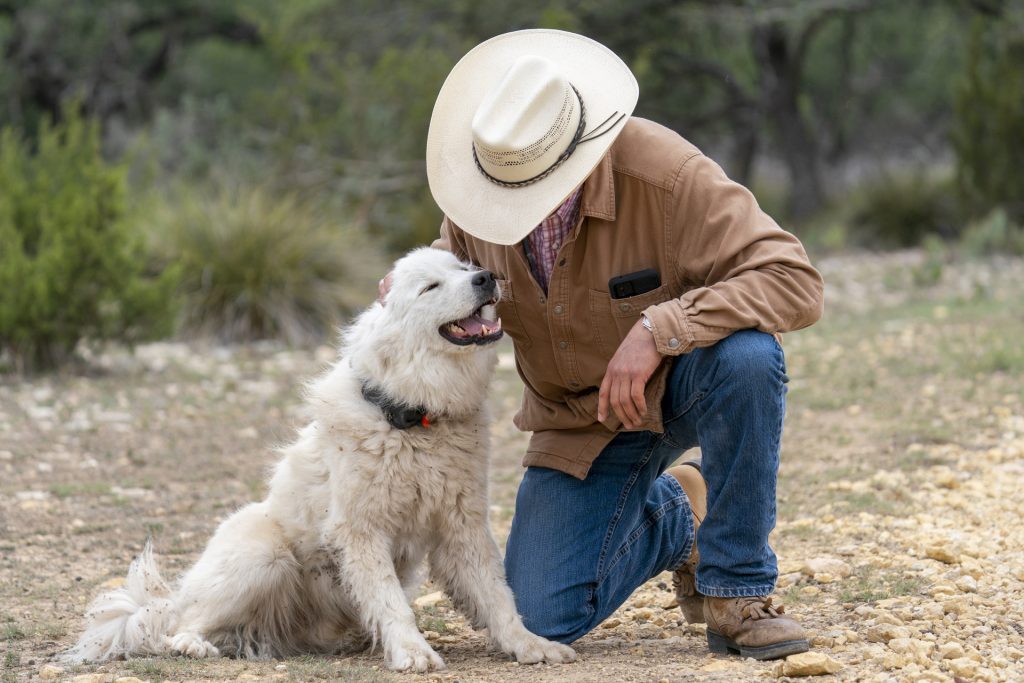
Can any dog be a livestock guardian dog?
Livestock guardian dogs have been utilized around the world for hundreds of years. Specialized breeding programs are in place to produce livestock guardian dogs that have the natural instincts, temperament and talent to protect livestock. There are specific breeds used as livestock guardian dogs.
Despite being born into the business, livestock guardian dog puppies require training and early exposure to the species they will be protecting to increase success. If a puppy is bonded to sheep or goats or any other animal when young, it will naturally take the role of being the protector of what it considers to be its “family.”
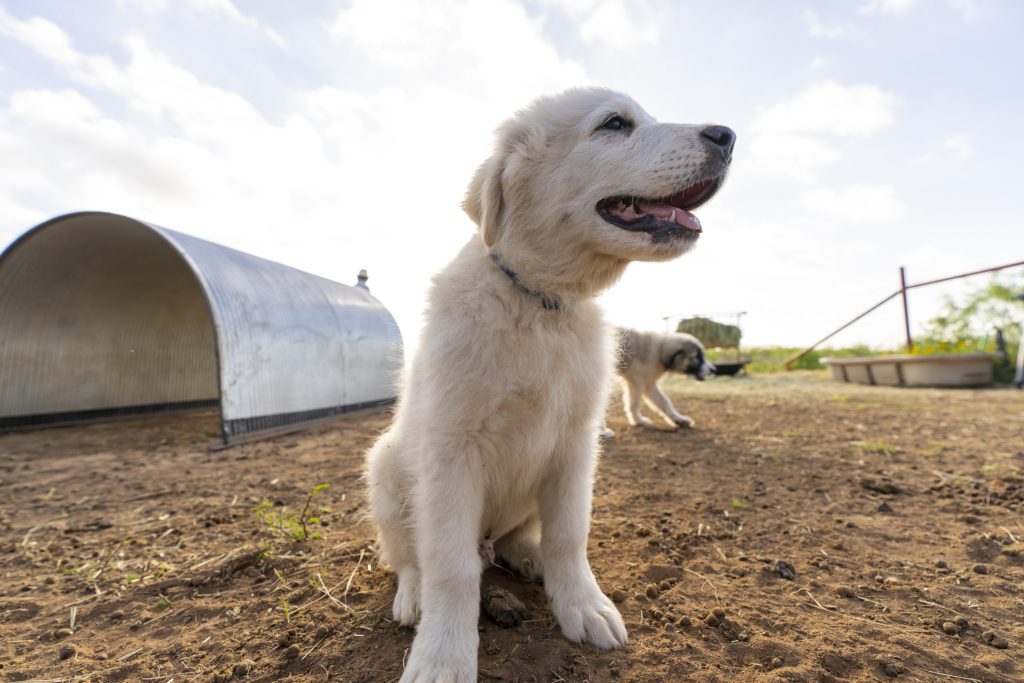
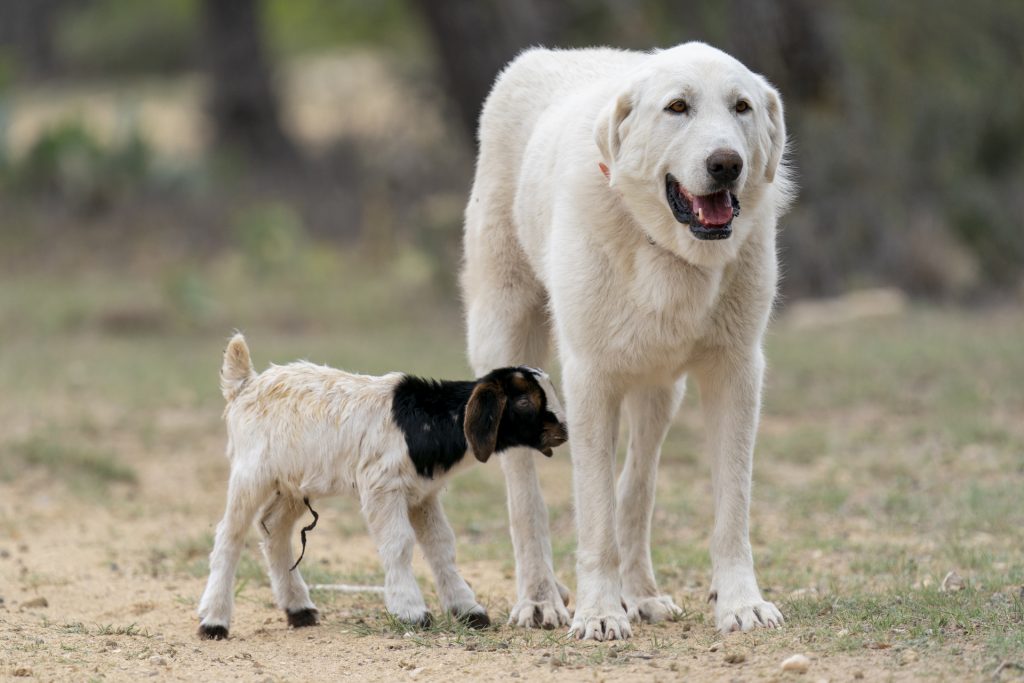
Puppy bonding project
For the past five years, a bonding project has been in place at the center to see how livestock guardian dog puppies best bond to the species they protect. The findings help breeders and producers put best practices in place to ensure their dogs work as well as possible with their livestock. The program has also studied whether puppies raised together work better protecting as a team, or if a solo dog or dogs previously unknown to each other perform better at their jobs.
What do livestock guardian dogs do?
Simply put, livestock guardian dogs save animal lives. They protect livestock in several ways:
- Territorial exclusion. The dogs set up and monitor their territory regularly.
- Disruption. They disrupt normal predator behavior by being in pastures or on the range with livestock, which is a deterrent.
- Direct confrontation. Livestock guardian dogs will confront predators in their territory threatening their livestock and chase them away.
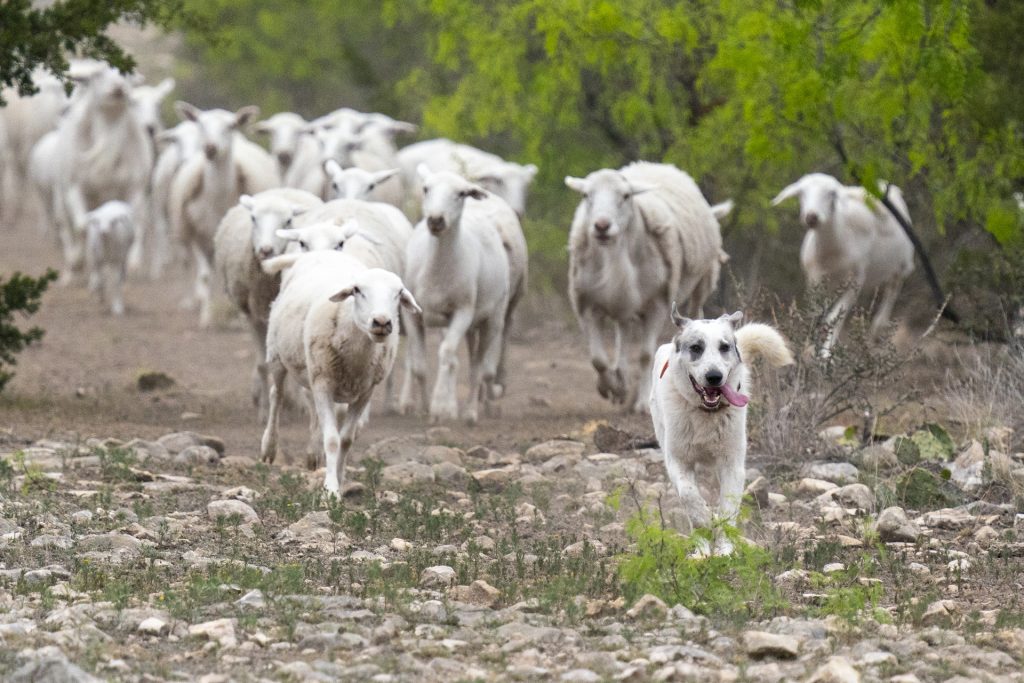
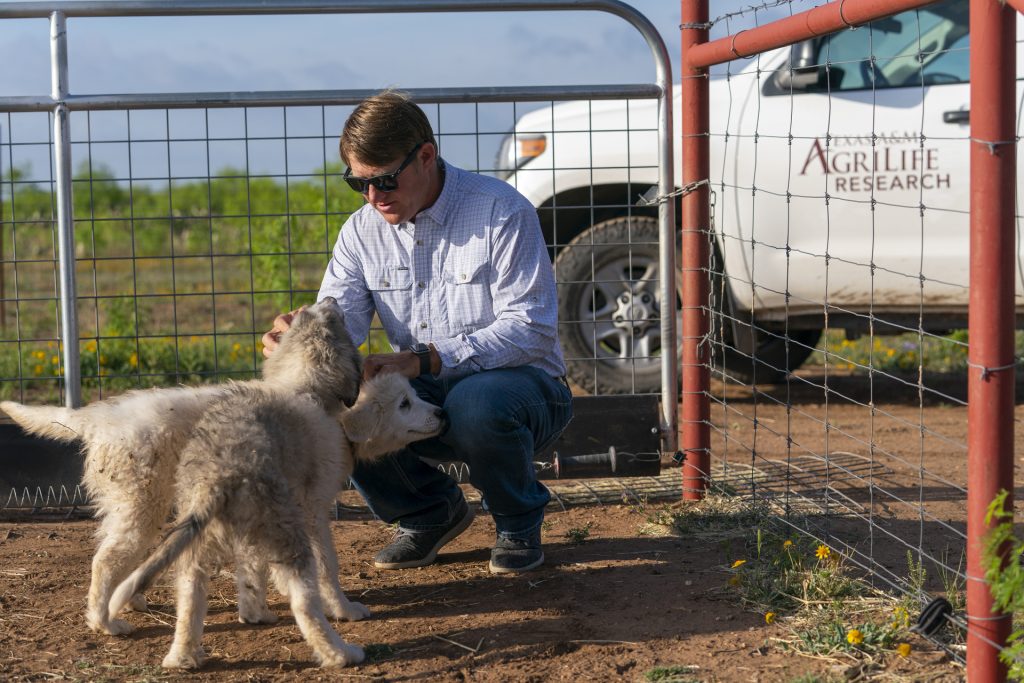
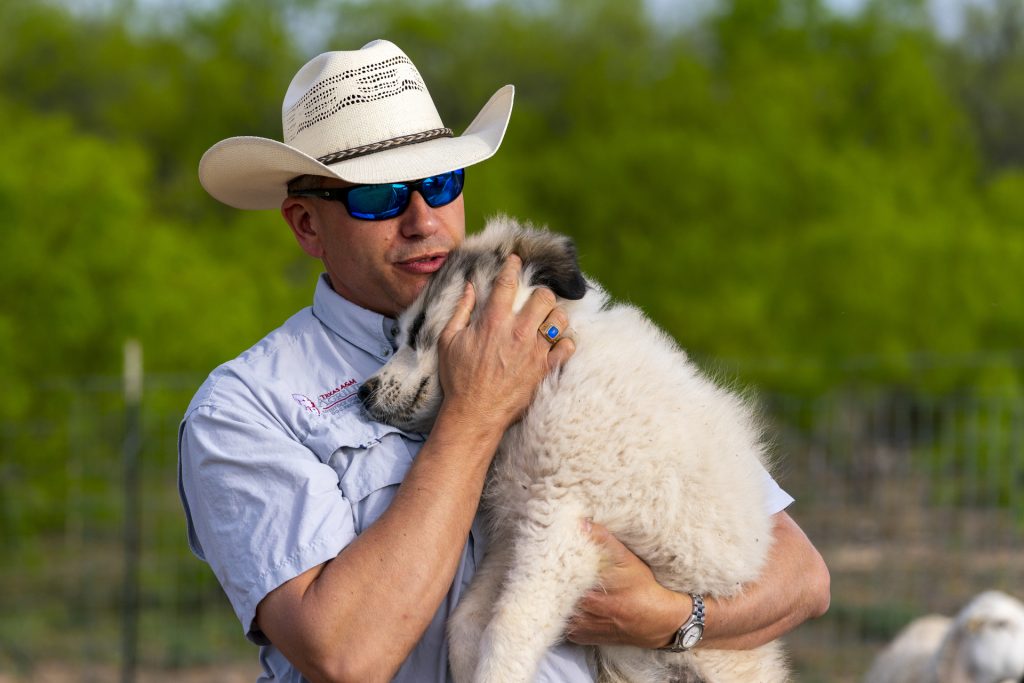
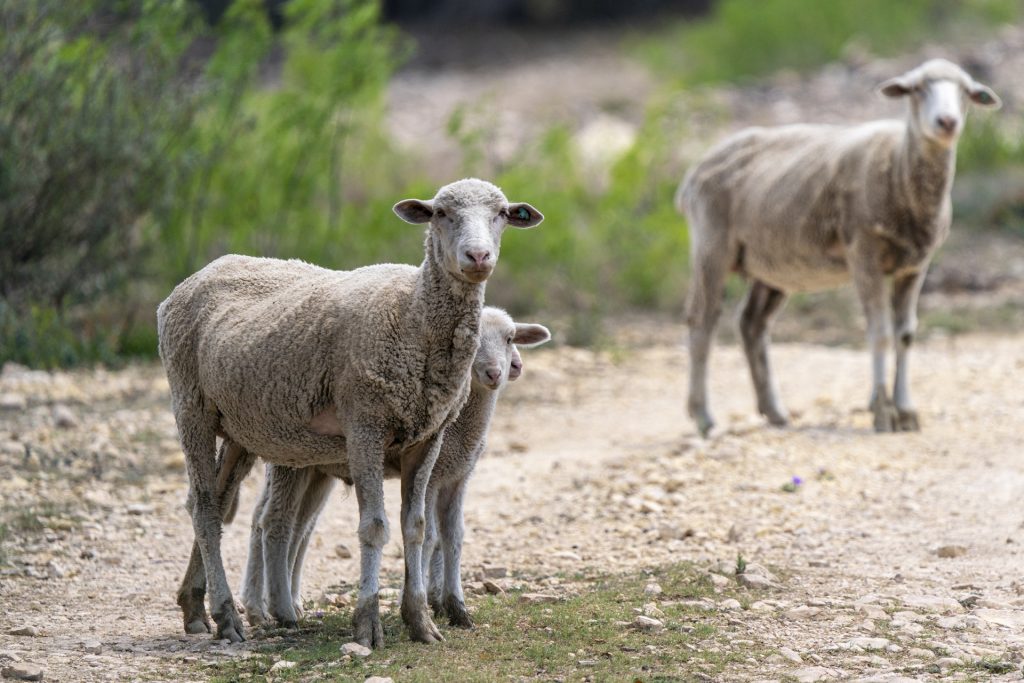


What don’t livestock guardian dogs do?
If you have an image of a dog chasing a herd or flock around, that is not a livestock guardian dog. Ranchers use herding dogs for herding tasks. Livestock guardian dogs are essentially livestock bodyguards.
These dogs also are not family pets. Although they are familiar with their owners and may enjoy seeing them, they are attached to the animals they protect and prefer to stay with them.
Livestock guardian dogs are not trained to kill predators, they deter predators. However, they will also not let a predator attack livestock without a fight.

Texas A&M AgriLife Livestock Guardian Dog Program
The Texas A&M AgriLife Livestock Guardian Dog Program was established in 2017. In 2019, the Livestock Guardian Dog Bonding Project was formed. No other university or extension system has a program as large and as effective as the one in place where AgriLife Extension specialists collaborate with Texas A&M AgriLife Research scientists and students. These animal science experts study livestock guardian dogs to improve all facets of their health, life and working success — from puppy to professional protector.
Redden said the program was designed to dispel commonly held myths of livestock guardian dogs, including that they cannot be socialized to people. The program was also implemented to improve best-management practices from weaning to adulthood, so that more dogs are trained and provided the guidance and tools to do their job.
Work by the livestock guardian dog team includes:
- Studies on roaming behaviors and the use of tracking collars.
- Field days showcasing the latest research for ranchers and producers.
- Educational webinars featuring experts and industry leaders.
- Studies on the best methods for bonding the puppies with livestock.
- Publishing articles, blogs and papers outlining study findings.
The ongoing work, studies and educational programs being done by AgriLife Extension and AgriLife Research helps ranchers and producers not just in Texas but across the U.S. protect their livestock.
